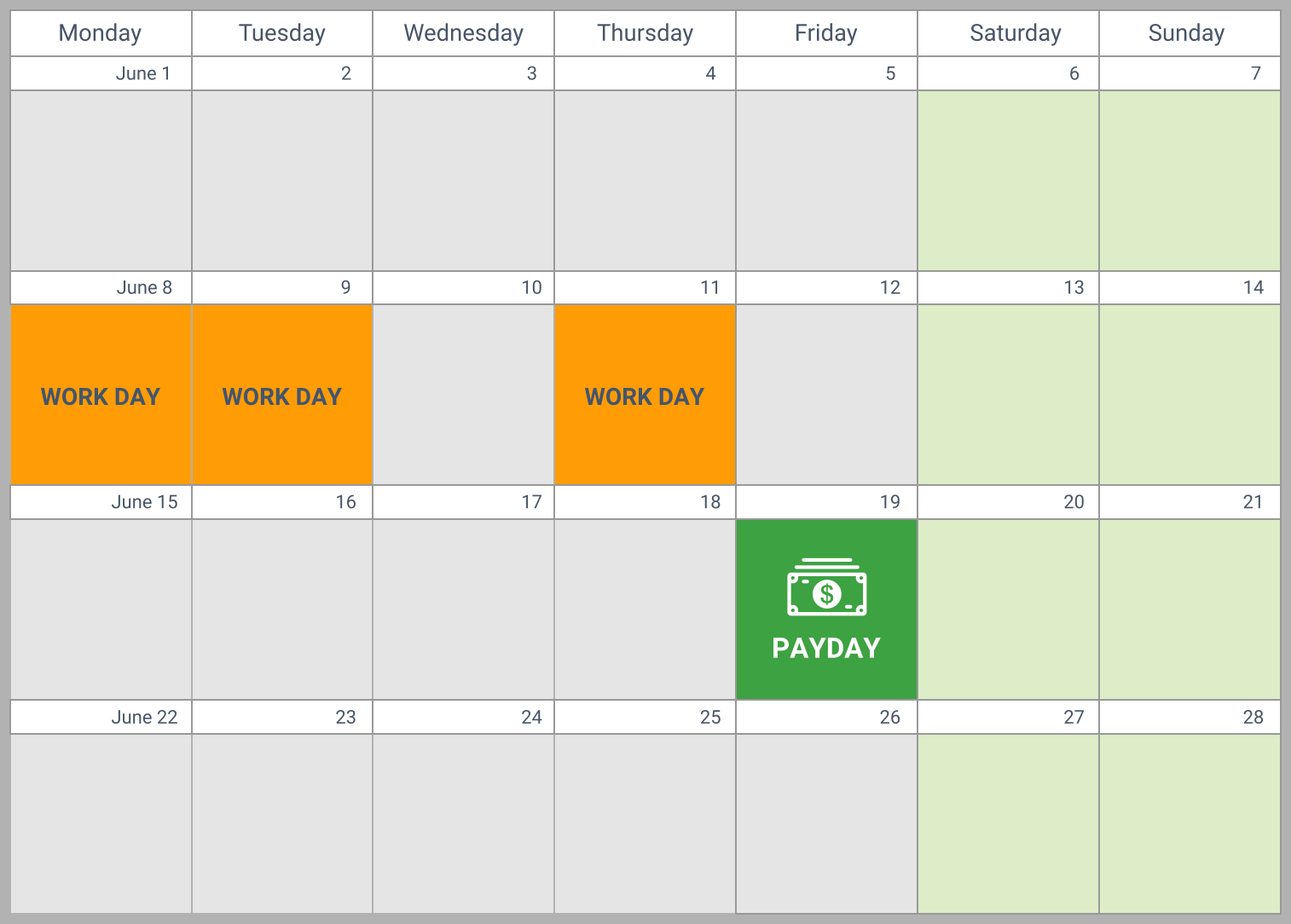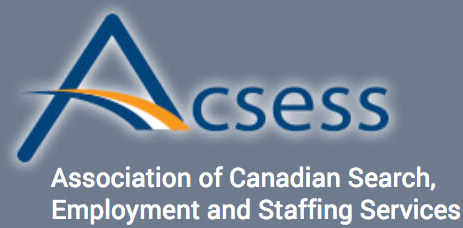Your Resume Should Be 1 to 2 Pages Long
Why so short? Hiring managers are busy and want to see a quick summary of your work history, skills, abilities, and experience. Many employers only read the top 1/3 of the first page of your resume. Make sure you include a summary of your qualifications at the top of the page under your contact information.
Update Contact Information
Keep your resume up to date with your current email and contact phone number. Update your resume anytime you have new information: contact information, recent work history, or recent skills training.
Work History – Go Back 10 Years
Your resume should include your most recent work history. The general rule of thumb is to include all work history in the last 10 years, beginning with the most recent and working back. Work history older than 10 years is typically not included. Some exceptions include situations where you performed work relevant to the job you are applying for or there is a long gap of no work history.
Include Name and Location of Employer(s)
Your resume work history should include the name and location of the places you worked. For example: Tim Hortons, Brampton, ON. Potential employers will want to know the name and location of the employer you worked for and they may ask you for a reference. It is very important that your resume is accurate.
Include Start and End Dates for Your Job(s)
Your resume work history should include the start and end dates for each job you held. Include the month and year, for example: March 2014 to October 2015. Employers want to know how long you worked somewhere. Was it 1 month, 3 months or 1 ½ years?
Include Your Job Title(s)
Your resume work history should include a job title for each position. If the job title used by the employer does not clearly describe what you did, pick a common term that most people would understand. For example, choose General Labourer instead of Blue Room Clerk 1. You want potential employers to quickly understand what type of work you did.
Include 2 to 4 Job Duties for Each Position
Your resume work history should include 2 to 4 job duties for each position you held. Employers want to know what you did each day. Use action words – operate drill press; load skids; drive forklift; inspect bottles; assemble boxes; sweep floor etc. In your description include machinery, tools and equipment you operated. If the position required a license, include this information. List the most important duties first.
Include a List of Job-Related Skills
Employers want to know what skills you have, so make sure you take the time to identify your skills and include them in your resume. You can include a list of key job related skills in a profile summary at the top of your resume. The profile should be located just under your contact information. Many employers receive dozens of resumes for each vacant position, so they often only have time to scan the top 1/3 of your resume. If they see information that matches what they are looking for, then they will read the entire resume. This profile summary is very important. It should tell potential employers how many years’ work experience you have in your field and list your skills. You should also include skills in the work history area. Look at job advertisements for positions you are interested in – do you have the skills listed in the job advertisement? If so, make sure your resume lists these skills.
Include Your Highest Level of Education, Training, and Courses
The education section of your resume should list the highest level of education achieved and any training or courses you have completed. Training can include skill training, seminars, formal classroom training, online courses, or other types of learning. Examples of courses you may have completed include: working at heights; forklift training; hazardous materials; Good Manufacturing Practices; first aid; CPR; health and safety awareness; computer software; or other training.
Include Volunteer Work Experience
Your resume should include details about volunteer positions you held. List the organization’s name, dates, volunteer position held, and duties. If you do not have a lot of work experience, try volunteer work to gain some experience and help out your community. You can choose an organization and position that best meets your interests, time commitment and abilities. We all have skills to offer and the volunteer experience will pay back by offering you the chance to gain valuable volunteer work experience, network, meet new people, help your community, and even develop a potential work reference.
References Must Be Available on Request
Typically, the last section of your resume includes the statement – “References available on request.” You should not include the names and contact information of your references on your resume. However, you do need to have this information ready if you are asked for references. A former employer is the best choice to be your reference. You can also ask a work colleague. If you do not have work experience or a reference you can use, ask a teacher, coach, volunteer position manager, or other community leader who knows you. Make sure you ask a reference for their permission in advance. If you give a potential employer your references, make sure your references are prepared to receive a call or email. Often it is very difficult to get in touch with references. You may be eliminated from consideration for a job because your reference did not call the employer back. It is your job to help ensure the references are completed.
Review Your Resume Before Each Interview
You should review your resume before applying for work to make sure you have a good understanding of everything on your resume. Be prepared to answer detailed questions about your work history, skills, and education.





